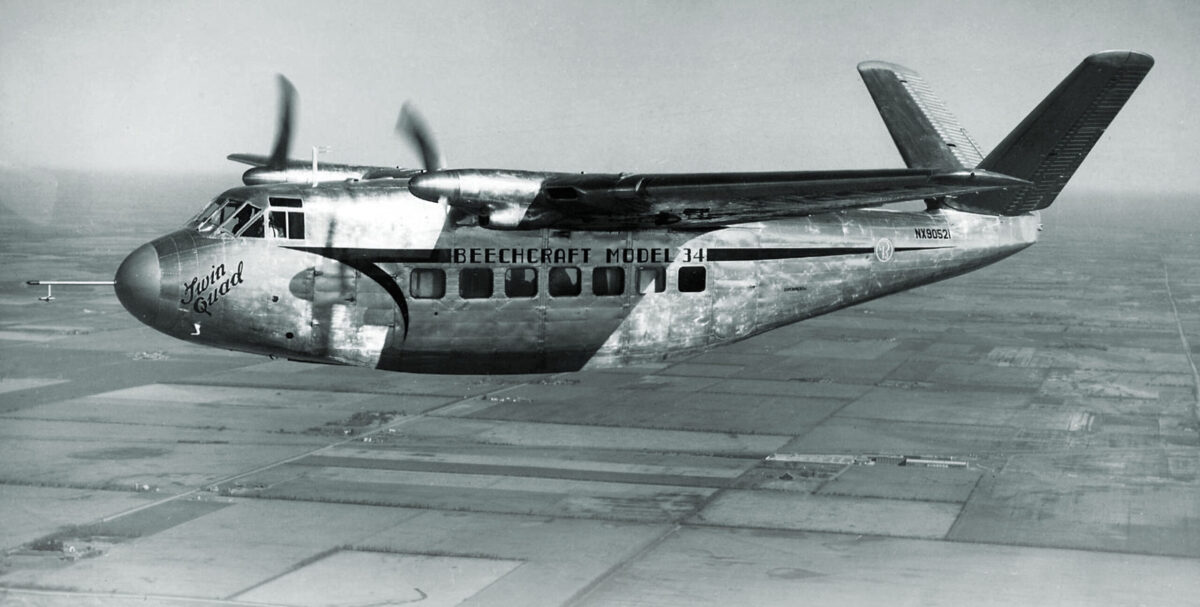When World War II ended, many aircraft manufacturers anticipated an increased demand for new commercial airliners. The Beech Aircraft Company of Wichita, Kansas, was no exception. Walter Beech, the company’s co-founder and president, had been producing outstanding aircraft since 1925 when he, along with Lloyd Stearman and Clyde Cessna, founded the Travel Air Manufacturing Company. Travel Air proved so successful that the Curtiss-Wright Corporation merged with it in 1930. Relegated to a desk job, Beech resigned two years later to start his own company with his wife, Olive Ann. In the years before WWII, it produced two outstanding Beechcraft airplanes, the Model 17 “Staggerwing” cabin biplane and a small twin-engine airliner, the Model 18. During the war the company produced thousands of light transports and trainers.
With the war over, Beech turned his attention toward two new projects. One was a small single-engine cabin monoplane to succeed the prewar Staggerwing; the other a 14- to 20-seat airliner, larger than the pre-war Model 18, that would be suitable for short-haul feeder services. The result of that dual effort ended up 50 percent successful. The small cabin monoplane became the famous V-tailed Beechcraft Model 35 Bonanza, one of the most popular general aviation craft of all time. On the other hand, the prospective airliner, known as the Model 34 Twin Quad, never advanced beyond a single prototype.
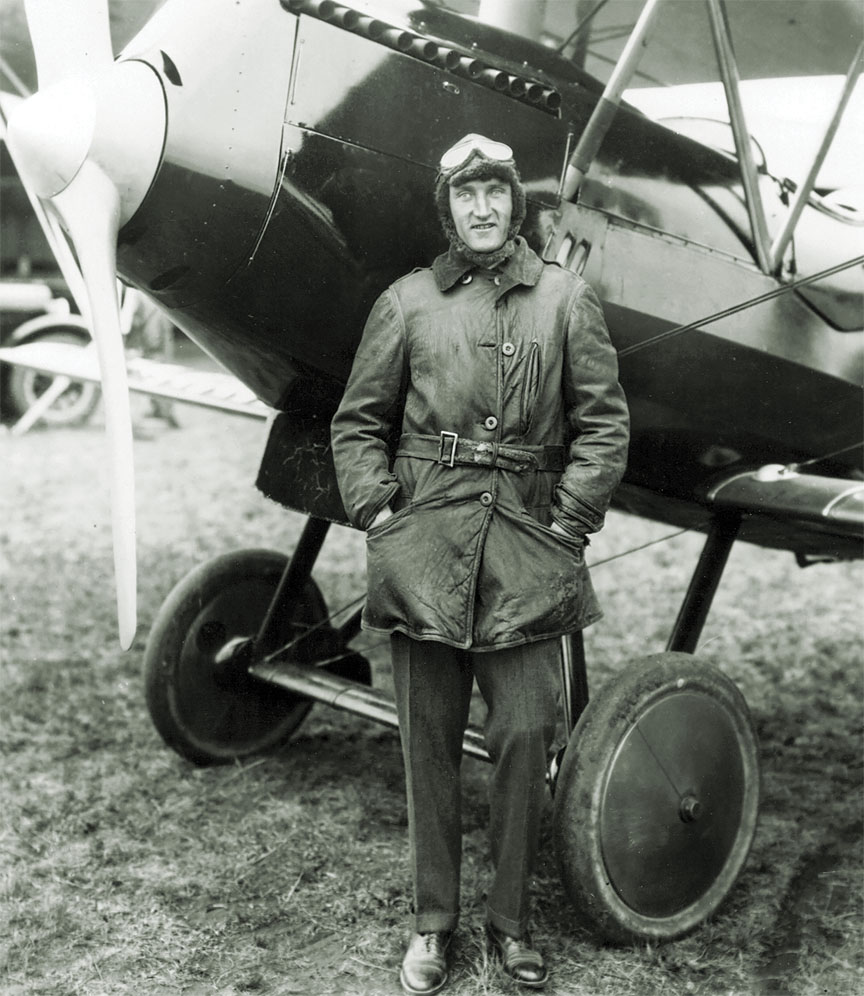
Like the Bonanza, the Model 34 sported the distinctive Beechcraft V-tail configuration. It also featured a strengthened fuselage underside that included integral landing skids to protect the occupants in case of a forced landing. The Model 34 was originally built for 14 passengers in “coach seats,” but the cabin interior was later redesigned to hold 20, with the option of folding up the seats to accommodate cargo that could be loaded via a hatch behind the pilot’s compartment. The new airplane’s most unique feature, however, was the arrangement of its power plants.
Although the Model 34 looked like a conventional twin-engine, high-winged monoplane, it actually had four engines. Two 380-hp Lycoming GSO-580 air-cooled flat-8 piston engines were buried sideways within the leading edge of each wing, facing each other. A system of clutches and bevel gears linked their drive shafts to a single tractor propeller—hence the “GSO” designator, which stood for “geared, supercharged and opposed.” The system was designed so that in the event of an engine failure the dead engine could automatically de-clutch and the other engine could keep powering the propeller. Because of the airplane’s unusual power system, Beechcraft painted “Twin Quad” on the nose.
The Beechcraft Model 34 had a wingspan of 70 feet and was 53 feet long and 17 feet high. With a gross weight of 19,500 pounds, it had a maximum speed of 230 mph, a range of 1,450 miles and a ceiling of 23,000 feet.
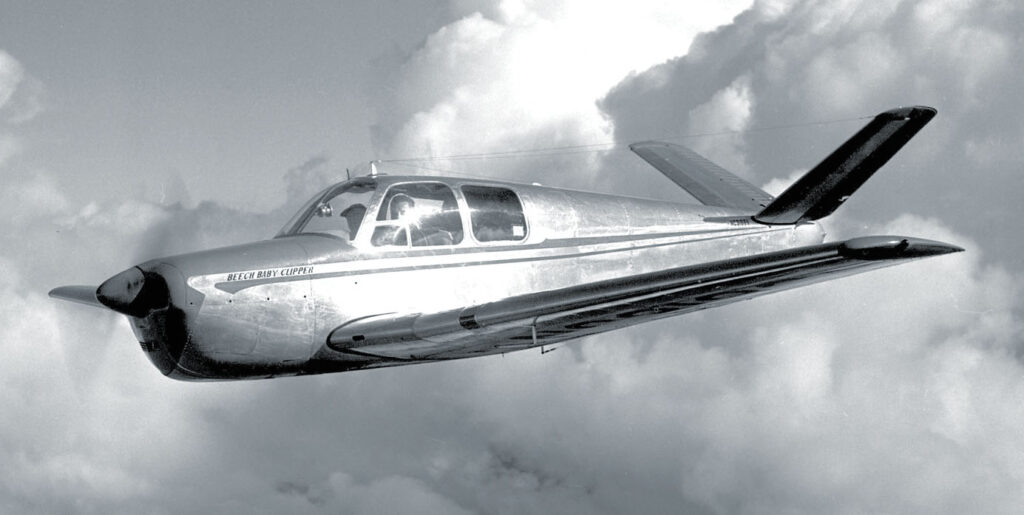
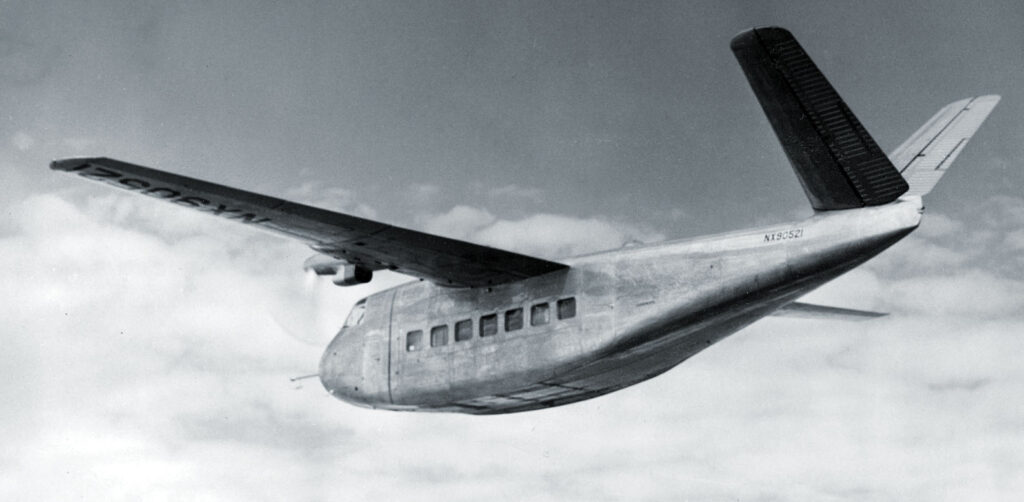
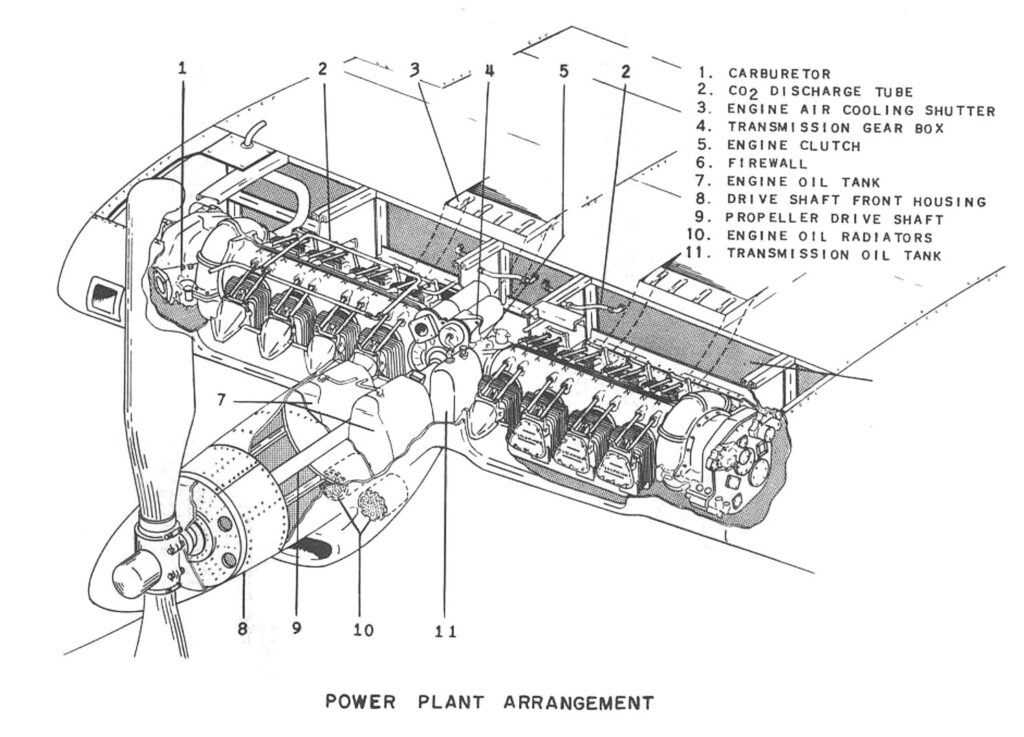
Beechcraft’s chief test pilot, Vern L. Carstens, flew the Twin Quad’s first and totally uneventful flight on October 1, 1947. Carstens summed up his impression by declaring, “We have another outstanding Beechcraft.” The prototype went on to accumulate more than 200 hours of flight time by the time disaster struck on January 17, 1949. The airplane experienced an electrical fire in flight, a situation exacerbated when a crewman cut off an emergency master switch while fighting the blaze. The resulting wheels-up landing killed the copilot and injured the pilot and the two engineer-observers who were onboard.
The incident did prove the value of the aircraft’s reinforced belly, but otherwise everything went wrong for the Twin Quad after that. The U.S. Civil Aeronautics Board delayed licensing, but even worse was the fact that the feeder airliner business, which didn’t require cutting-edge performance like intercontinental airliners did, had little need for a new, innovative air transport when there were so many war-surplus Douglas DC-3s, C-47s and Beech 18s available at rock-bottom prices. Consequently, Beechcraft never completed the two other Twin Quads under construction (one of which was just for ground testing) and canceled the whole project. Walter Beech died on November 29, 1950, but his wife continued to run the company.
It is a shame that the Model 34 has been all but forgotten. It was a unique and intriguing design that deserves to be better remembered, even if it proved to be the wrong innovation at the wrong time.

